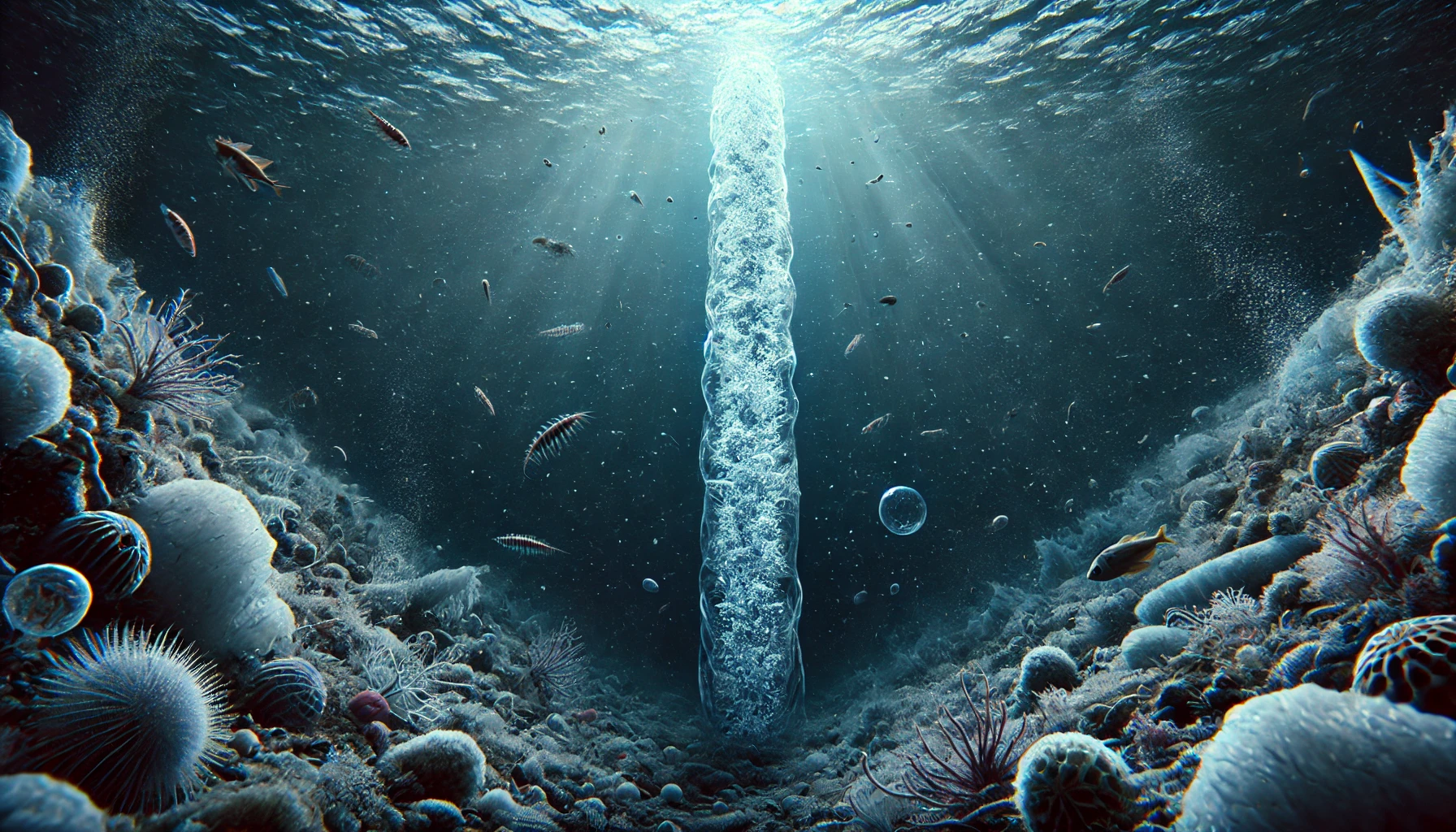Brinicles, often termed as ‘ice fingers of death,’ are one of the most fascinating yet lesser-known natural phenomena occurring beneath the icy surfaces of polar seas. These stunning ice formations resemble underwater icicles that reach down to the sea floor, creating a spectacle of lethal beauty.
The Formation of Brinicles
Brinicles form when cold, saline water leaks from sea ice and sinks towards the ocean floor due to its higher density compared to the surrounding water. As this supercooled brine descends, it freezes the fresher water it comes into contact with, creating a tubular sheath of ice around it. This process can trap and freeze any marine life in its path, hence the nickname ‘ice finger of death.’
Scientific Significance
The study of brinicles is not only important for understanding the dynamics of polar marine ecosystems but also has implications for the study of extraterrestrial life. Conditions similar to those that create brinicles might exist on icy moons like Jupiter’s Europa, making these icy formations relevant to astrobiology.
The Impact on Marine Life
While brinicles are mesmerizing to observe, they pose a real threat to the marine life that inhabits the polar ocean floors. Creatures such as starfish and sea urchins can be encapsulated in ice if they fail to move away quickly enough. The formation of a brinicle is a dynamic and dramatic event that highlights the harsh conditions within these ecosystems.
Filming and Documenting Brinicles
Capturing the formation of brinicles on film is a challenging endeavor that requires patience and precision. However, documentaries that manage to record this process provide invaluable visuals that help raise awareness and understanding of these unique ice structures.
Conservation and Climate Change
Understanding brinicles also contributes to our knowledge of sea ice phenomena related to climate change. As the polar regions undergo significant environmental changes, studying these ice structures becomes increasingly important in monitoring the health of these fragile ecosystems.
Conclusion
Brinicles are a testament to the planet’s diverse and dynamic nature, offering a unique glimpse into the interactions between oceanographic processes and marine life. Their study not only enriches our understanding of the natural world but also emphasizes the broader impacts of environmental change.

